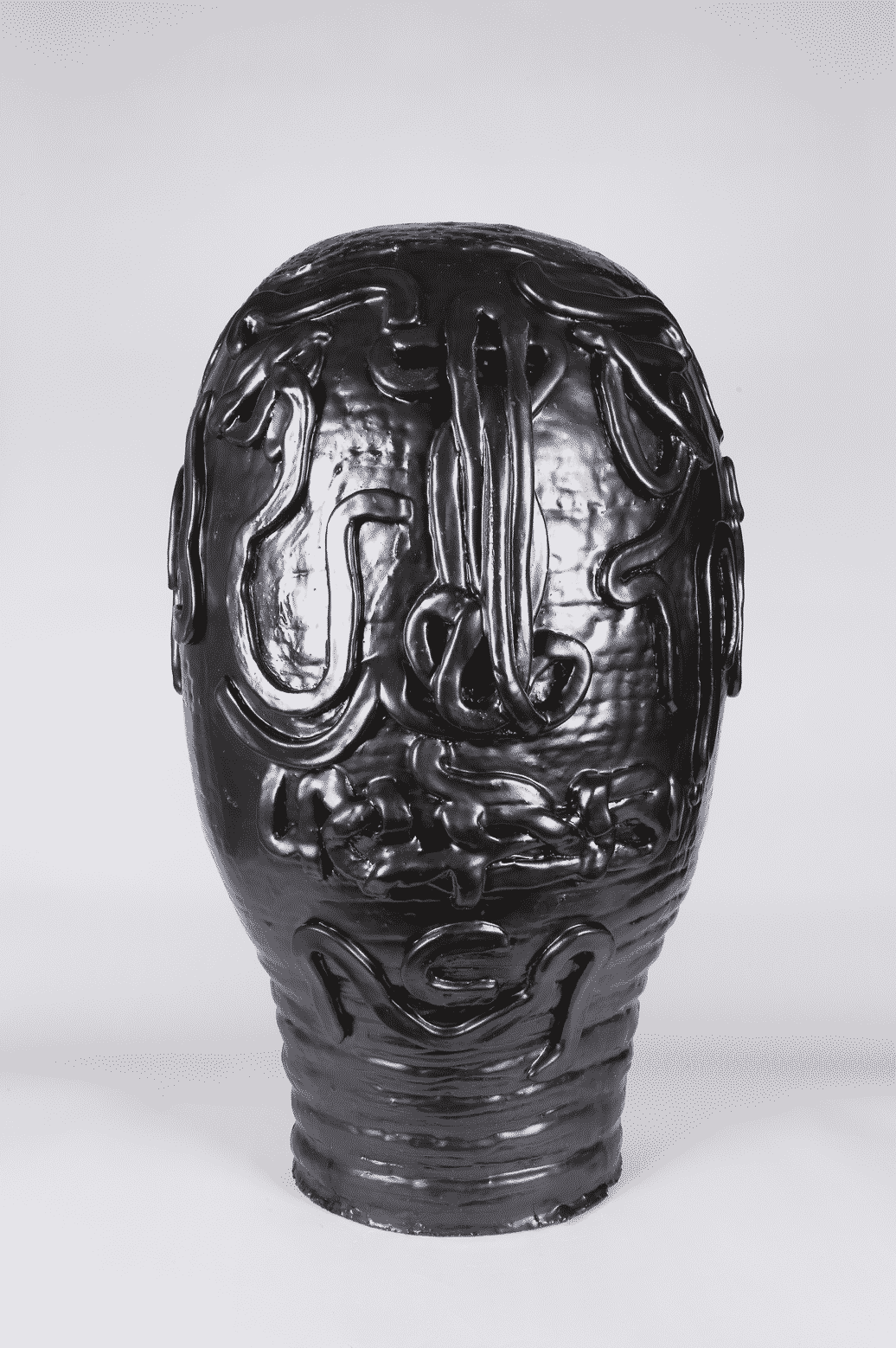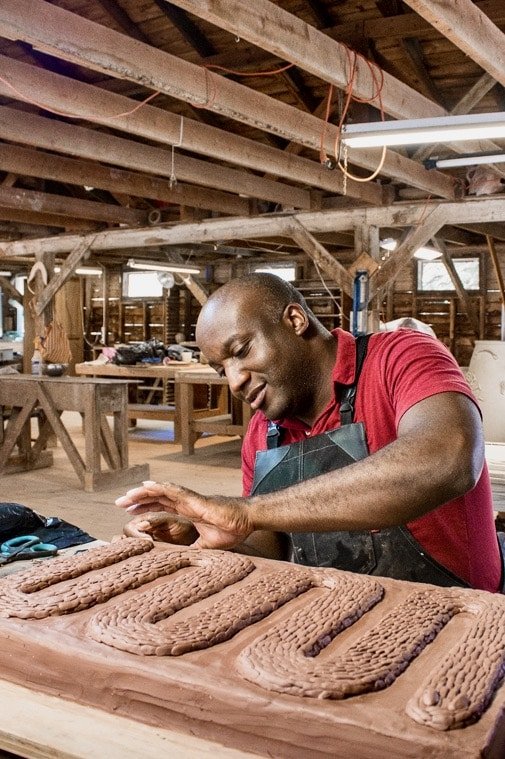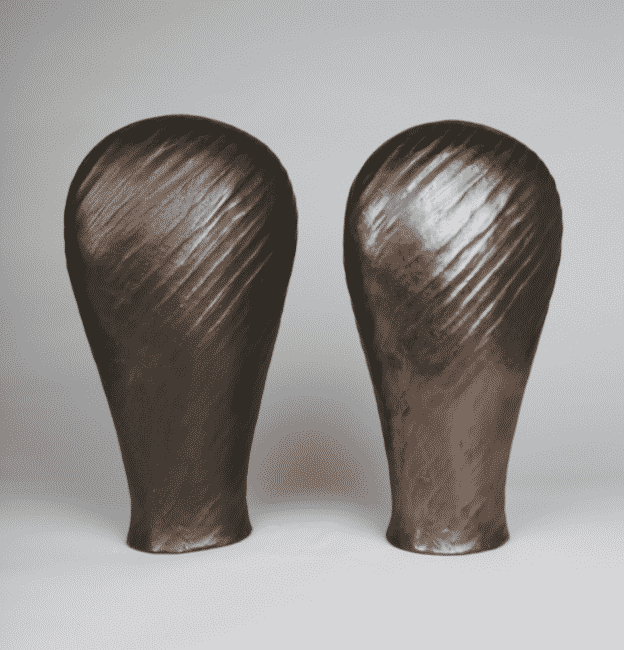Hi, my name is Ebitenyefa Baralaye. Press molds are a great tool for reproducing ceramic forms with the versatility of hand-building. In this workshop, I will teach you how to make reusable plaster press molds for casting large voluminous forms modeled in clay (or other media).
Workshop steps include:
- Modeling a clay form to cast
- Determining the mold part shapes and seam line placement
- Blocking out the mold part walls
- Preparing plaster mix and burlap reinforcement strips
- Mixing and applying plaster layers: a contact layer, a thickening layer, a reinforcement layer, and a finishing layer
- Cutting, bending and attaching reinforcement bars (as needed)
- Mold part separation and drying
- Casting the finished mold with pressed clay
At the end of this workshop, you will be able to make large structurally sound and manageable plaster press molds. You will also, be able to make produce clay casts from your molds.
- 75 lbs of pottery plaster
- Three yards of 48” burlap
- Two five-quart graduated buckets
- Two two-gallon buckets
- A respirator or N95 particulate mask
- Three 1.5”+ paint brushes
- One 32-ounce container of oil soap
- 25 lbs of mold-making clay
- 50+ lbs of modeling clay
- 50+ lbs of hand-building clay
- Baby powder
When you buy this workshop, you get:
- Watch my Live Online Workshop
- The workshop date is TBD
- The workshop will be around 2 hours long.
- Bonus Q&A
- Join my bonus Live Q&A where I answer questions about my process face-to-face
- Lifetime Access to the Replays
- The workshop and the Q&A are recorded, and you will have lifetime access to it. You can watch it online, or download it to your device to watch offline at any time
After this workshop, you could be making amazing work like this:
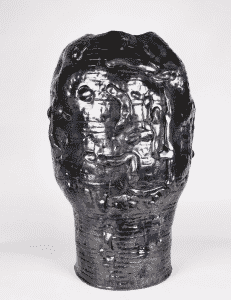
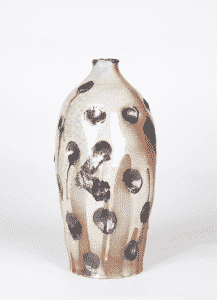
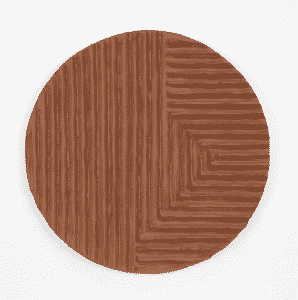
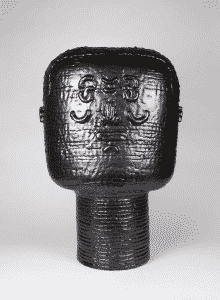
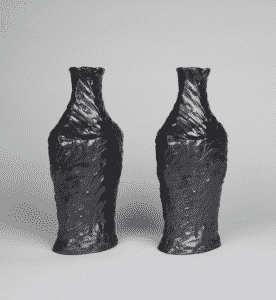
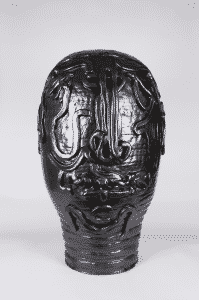
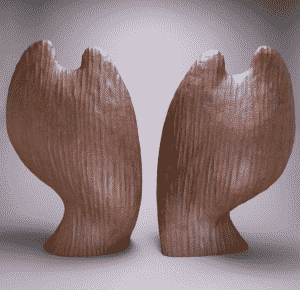
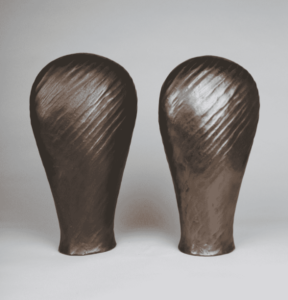
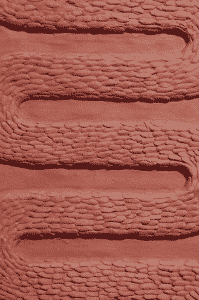
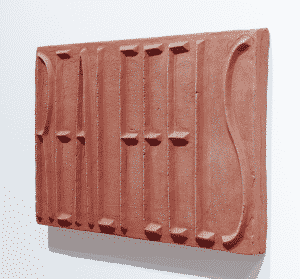
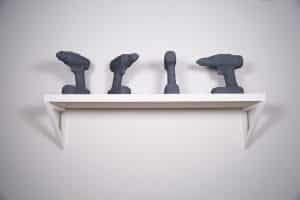
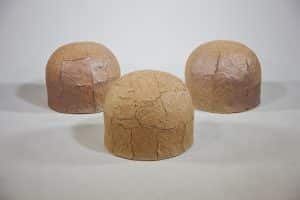
Biography:
Ebitenyefa Baralaye is an ceramicist, sculptor, and educator. His work explores cultural, spiritual, and material translations of objects, text, and symbols interpreted through a diaspora lens and abstracted around the aesthetics of craft and design. Baralaye received a BFA in ceramics from the Rhode Island School of Design and an MFA in ceramics from the Cranbrook Academy of Art. Baralaye’s work has been exhibited nationally and internationally at Friedman Benda Gallery (New York), David Klein Gallery (Detroit), Shoshana Wayne Gallery (Los Angeles), the Museum of the African Diaspora (San Francisco), and the Korea Ceramic Foundation (Icheon). Baralaye has participated in residencies at the Watershed Center for Ceramic Arts, the Hambidge Center, and the Elizabeth Foundation Studio Program. Baralaye’s work was featured in the “Objects: USA 2020” exhibition and catalog. Baralaye was an AICAD fellow at the San Francisco Art Institute from 2016 – 2018. He is currently an assistant professor and the Section Head of Ceramics at the College for Creative Studies. Baralaye resides and has his studio in Detroit, MI.
Statement:
My life and generation dwell in the negotiation of fragmented and transitional presence. We have become increasingly used to juggling in a moment multiple understandings of where we come from, where we are, and the futures we are intended for. I use my artwork as a way to deconstruct and expand that moment. I produce compositions in the form of objects that are markers of identity, place, and state, and the fluid dynamics around them. I layer spirituality, culture, utility, and desire into my work, allowing each piece to operate as recorders of my life experience/narrative traced from Nigeria, through the Caribbean, and to the United States.
I am interested in the psychological agency of objects that project understandings of identity and desire: shrines, statues, monuments, urns, etc. I am also drawn to the poetics of domesticity and utility, positioning design and function as ways of feeling within ways of ordering. I at times work in multiples, shifting between conditions of collective and individual representation that I relate to negotiations of cultural and personal authorship. I use natural materials: clay, fiber, and wood, as well as synthetic materials. My production processes rely on degrees of preliminary planning through sketches, blueprints, and digital models, while being intuitively driven and open to ongoing technical and conceptual discovery.



